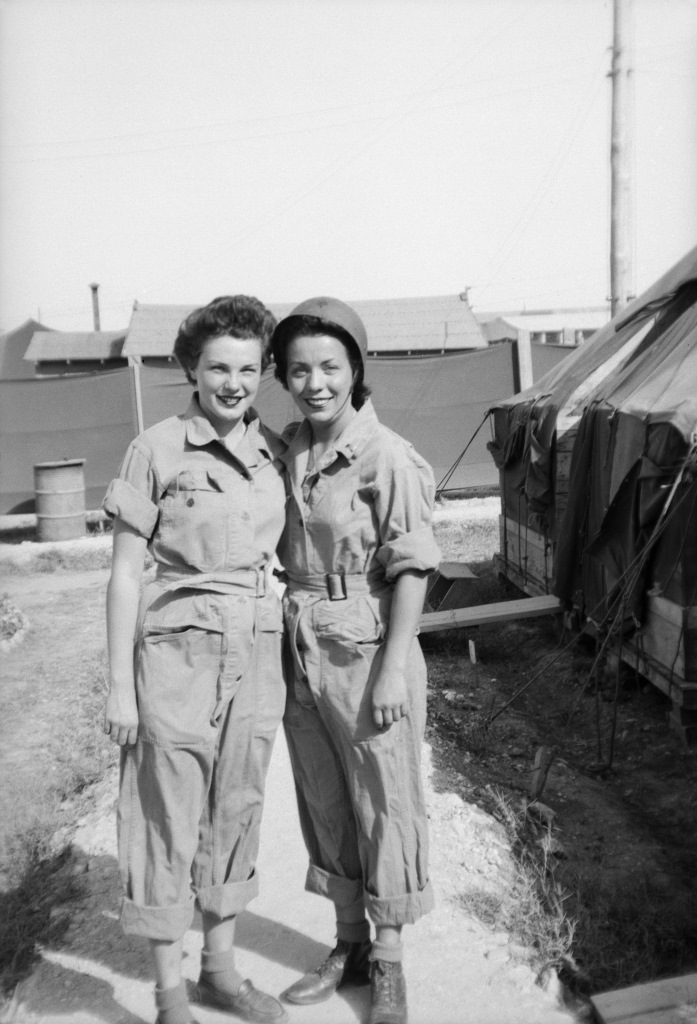
Women have worked for the American military in every major conflict, but until World War II they were largely classified as “civilians” and denied the benefits extended to men in uniform. The creation of the Women’s Auxiliary Army Corp (later renamed the Women’s Army Corp) in 1942 represented the first step toward official recognition of women’s military service. Other branches of the military quickly followed suit, and, like their national counterparts, Montana women took advantage of new opportunities to serve in the armed forces.
Mary Jo Hopwood, who was born in Colorado but eventually settled in Darby, Montana, served for three years in the Navy’s Women Accepted for Volunteer Emergency Service (WAVES). A combination of civic duty and desire for adventure motivated her to enlist: “[I]t was right after Pearl Harbor and everybody was patriotic,” she said. “[A]nd my brother was in the Navy, and I was just kinda restless. . . . It was adventure, mostly.” Although Hopwood worked in payroll, a common occupation for civilian women by the 1940s, she encountered doubts about her fitness to serve. “When we went in,” she recalled, “[the] commander said, ‘Well, I’m not used to having women around the office,’ but he said, ‘You have to take what they send you now days.’” Ultimately, that commander changed his mind, as did many other servicemen: “[T]hey didn’t think much of all these women,” Hopwood remembered. “But before we got out, they accepted us.”